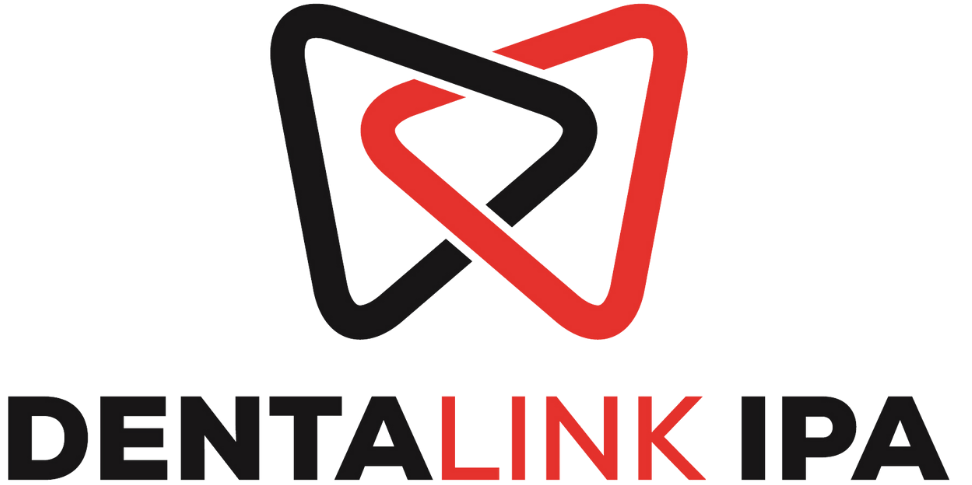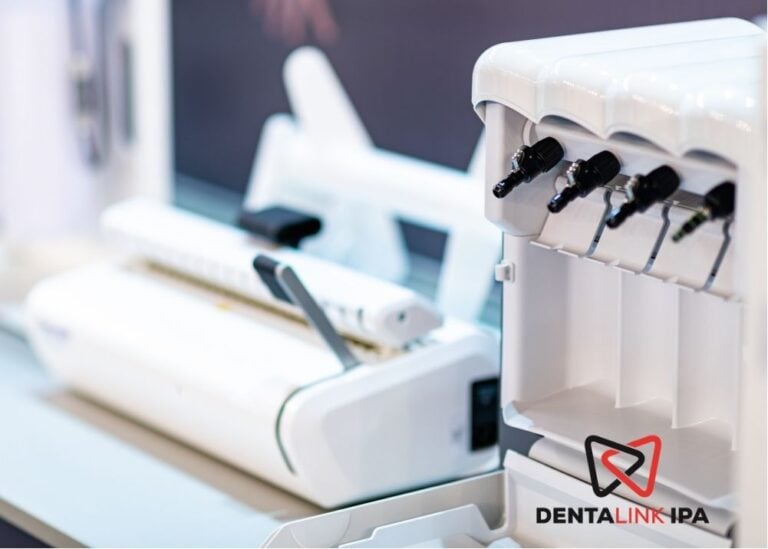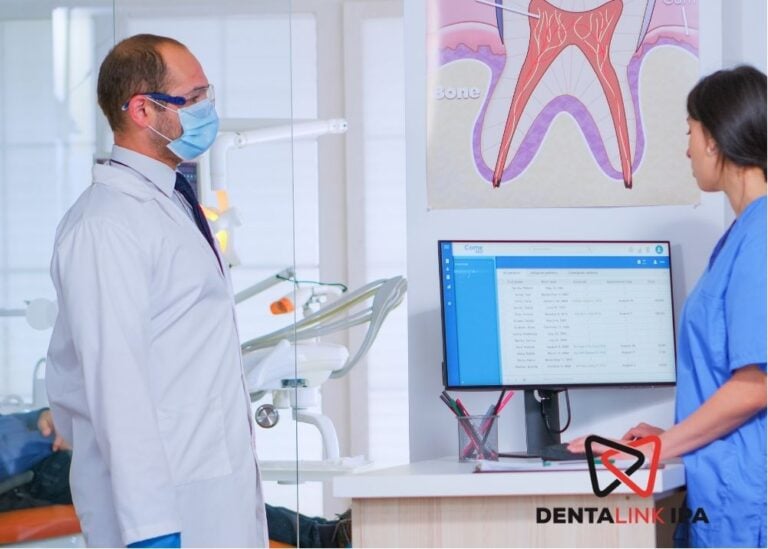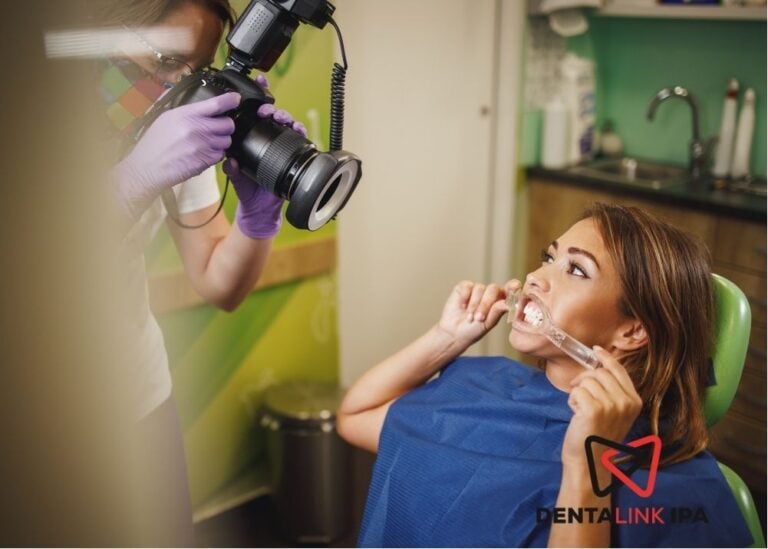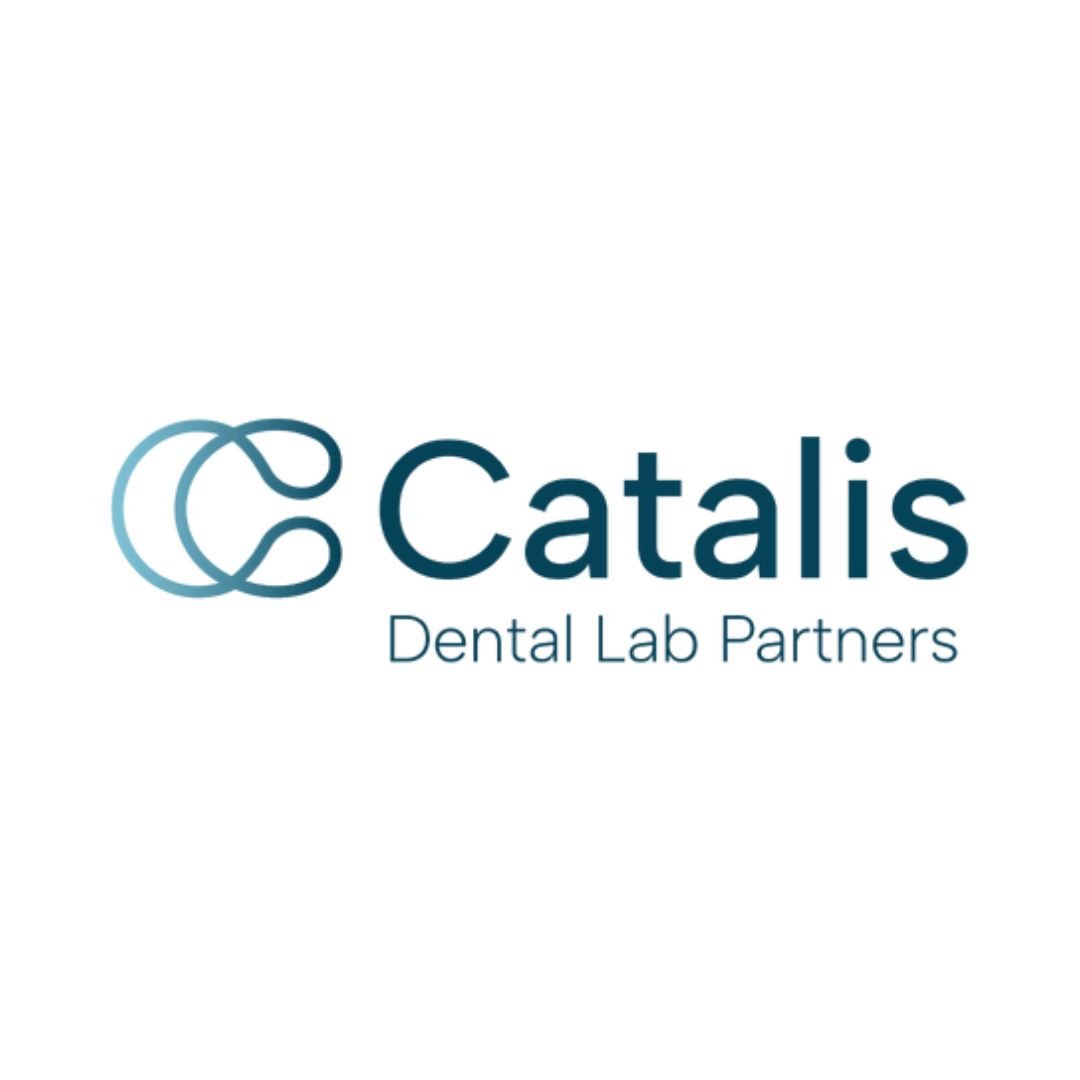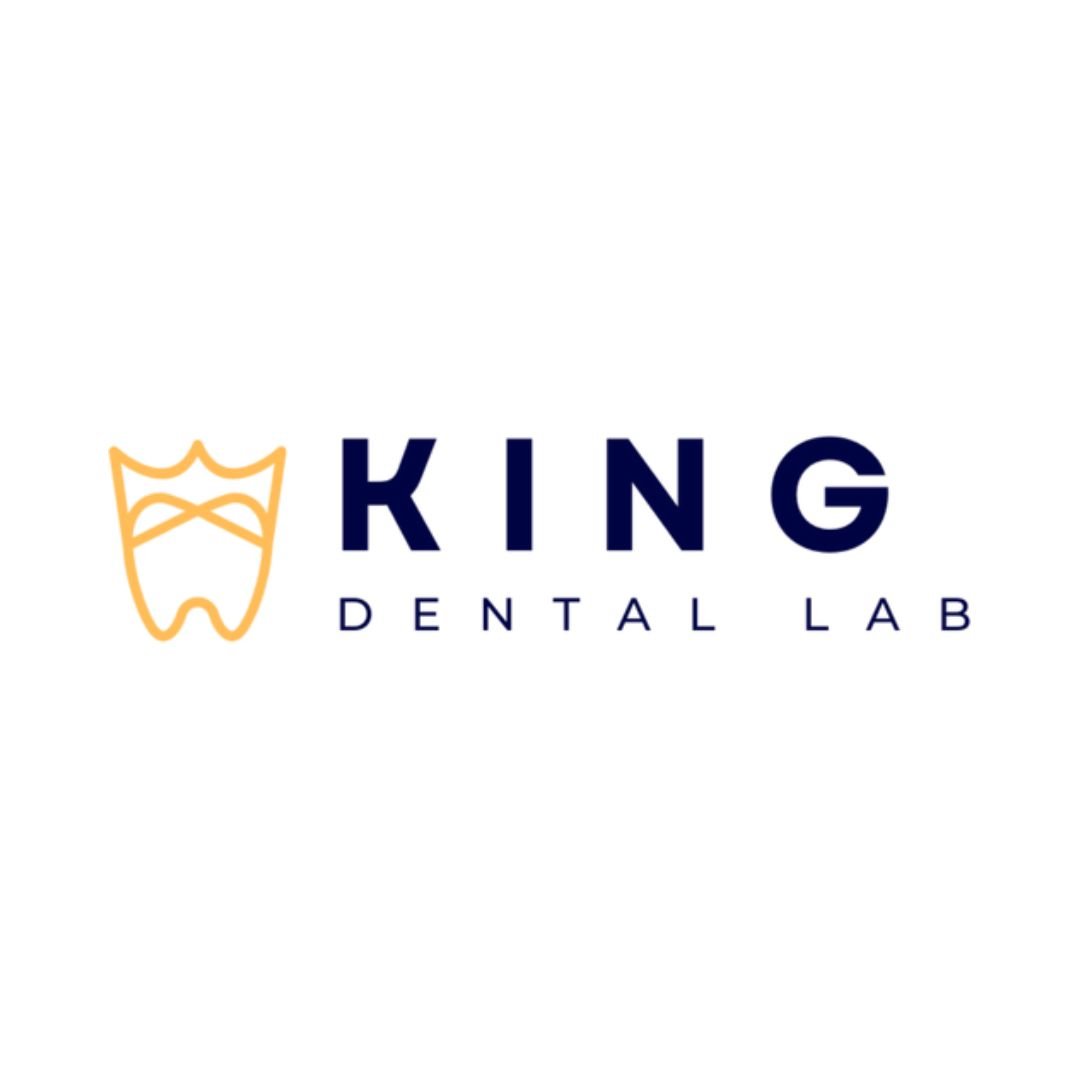Follow Us
The Future of Dental Technology: What’s Next for Independent Practices?

Technology is rapidly transforming the dental industry, enhancing both patient care and practice efficiency. From AI-powered diagnostics to 3D printing and robotics, new innovations are helping independent dentists streamline workflows, reduce costs, and provide superior treatment outcomes.
Staying ahead of these advancements can help your practice remain competitive, improve patient satisfaction, and optimize operations. Here’s a look at the future of dental technology and how it can benefit independent practices like yours.
Key Innovations Revolutionizing Dentistry
1. AI-Powered Diagnostics – Smarter, Faster, More Accurate
Artificial intelligence (AI) is revolutionizing dental diagnostics and treatment planning. AI-powered software can:
- Analyze dental X-rays to detect cavities, gum disease, and early signs of oral cancer
- Automate administrative tasks, such as charting, billing, and insurance claims
- Enhance patient scheduling by predicting appointment needs and optimizing workflows
By integrating AI-driven tools, independent practices can save time, improve diagnostic accuracy, and streamline administrative processes.
2. 3D Printing – Faster, Cost-Effective Restorations
3D printing technology is reshaping the way dental appliances and prosthetics are produced. With in-office 3D printers, practices can:
- Create same-day crowns, aligners, and dentures
- Reduce reliance on external dental labs, cutting costs and turnaround times
- Customize dental restorations with high precision and improved patient comfort
Investing in 3D printing allows independent dentists to increase efficiency, lower expenses, and enhance patient experiences.
3. Laser Dentistry – Minimally Invasive Treatments
Laser technology is offering pain-free, high-precision dental treatments, making procedures more comfortable and efficient. Laser dentistry is commonly used for:
- Cavity removal with minimal enamel loss
- Gum contouring and reshaping
- Teeth whitening treatments
Using laser technology helps reduce pain, bleeding, and recovery times, improving the patient experience and treatment outcomes.
4. Smart Dental Sensors – Real-Time Oral Health Monitoring
Wearable technology is now making at-home dental care smarter. Smart toothbrushes and oral health sensors allow patients to:
- Track brushing habits and plaque buildup in real time
- Detect early signs of gum disease and tooth decay
- Receive personalized oral hygiene recommendations
For dentists, analyzing this data enables better preventative care strategies, ensuring patients maintain better oral health between visits.
5. Teledentistry – Expanding Patient Access
Virtual consultations are becoming an essential part of modern dental care, allowing patients to connect with their dentist remotely. Teledentistry benefits include:
- Easier access to care for patients in remote areas or with mobility limitations
- Convenient follow-ups and post-treatment assessments
- Increased appointment flexibility, enhancing patient satisfaction
For independent dentists, offering teledentistry services can open new revenue streams and increase patient engagement.
6. Cloud-Based Practice Management – More Efficient Operations
Cloud-based platforms simplify dental practice management by providing:
- Secure, centralized access to patient records, billing, and scheduling
- HIPAA-compliant storage solutions for sensitive patient data
- Remote accessibility, allowing dentists to manage operations from anywhere
By implementing cloud-based systems, independent practices reduce administrative burdens and improve workflow efficiency.
7. Robotics in Dental Surgery – Precision and Safety
Dental robotics is enhancing precision for complex surgical procedures such as:
- Dental implant placement with submillimeter accuracy
- Minimally invasive oral surgeries
- Guided robotic-assisted treatments for enhanced safety
These advancements help reduce risks, shorten recovery times, and improve surgical outcomes for patients.
8. Biomaterials – Stronger, More Biocompatible Restorations
New biomaterials are improving dental restorations by making them:
- More durable and aesthetically natural
- Biocompatible for better integration with natural teeth
- Promotive of natural tooth regeneration
Incorporating these materials into treatments enhances durability and improves long-term patient satisfaction.
9. Sustainability in Dentistry – Eco-Friendly Innovations
As the industry evolves, sustainability is becoming a priority. Practices are adopting:
- Recyclable aligners and biodegradable packaging
- Low-energy dental equipment
- Environmentally friendly sterilization methods
By embracing eco-friendly dental solutions, practices reduce waste and align with patient expectations for sustainable healthcare.
Stay Ahead of the Future with Dentalink IPA
Keeping up with advancing dental technology can be challenging, but Dentalink IPA supports independent practices by:
- Providing access to vendor discounts on the latest dental technology
- Connecting members with top-tier suppliers for innovative solutions
- Offering guidance on implementing new tools efficiently
Join Dentalink IPA Today to access cost-saving benefits, industry insights, and exclusive vendor partnerships.
Want to explore how technology can transform your practice? Request a Demo to learn how Dentalink IPA can help you integrate the latest innovations for a more efficient, modern dental practice.
